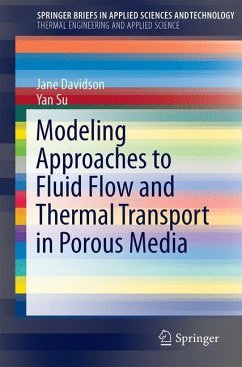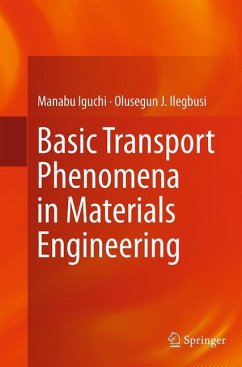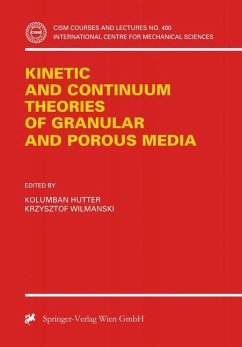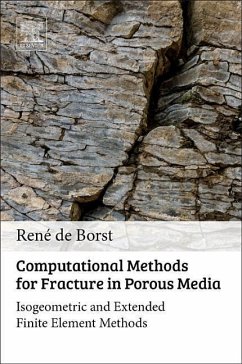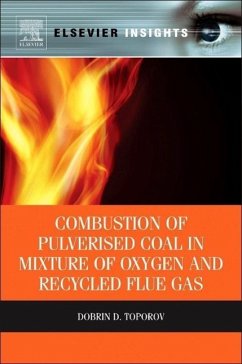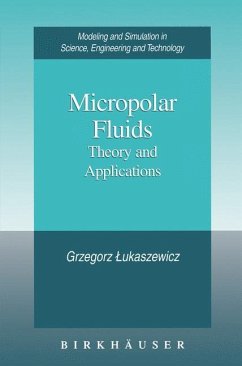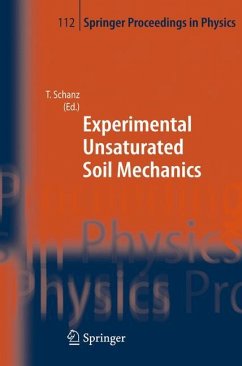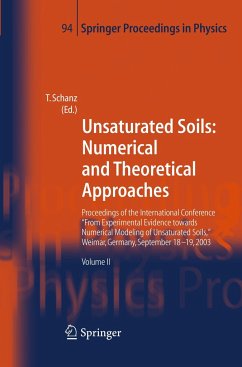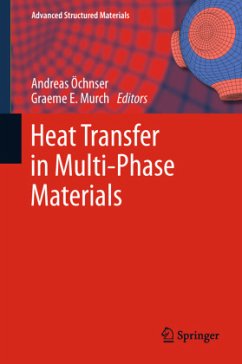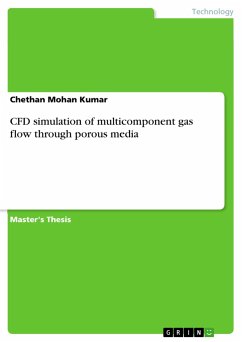
CFD simulation of multicomponent gas flow through porous media
Versandkostenfrei!
Versandfertig in 1-2 Wochen
42,95 €
inkl. MwSt.

PAYBACK Punkte
0 °P sammeln!
Master's Thesis from the year 2013 in the subject Engineering - Computer Engineering, grade: none, University of Wuppertal, course: Computational Mechanics of Engineering - Computational Fluid Dynamics, language: English, abstract: The objective of this thesis is to develop a generic CFD solver to simulate multicomponent gas transport involving multiscales. A comparative study between the mixture and Eulerian approach for multicomponent flows is done. Eulerian approach where every component has its own characteristic velocity is used in this work with reasons stated. Inter-component momentum e...
Master's Thesis from the year 2013 in the subject Engineering - Computer Engineering, grade: none, University of Wuppertal, course: Computational Mechanics of Engineering - Computational Fluid Dynamics, language: English, abstract: The objective of this thesis is to develop a generic CFD solver to simulate multicomponent gas transport involving multiscales. A comparative study between the mixture and Eulerian approach for multicomponent flows is done. Eulerian approach where every component has its own characteristic velocity is used in this work with reasons stated. Inter-component momentum exchange term has been modelled using Maxwell-Stefan relations. A semi-heuristic drag term for modelling porous drag is used. Temperature transport for the mixture is developed by considering an ensemble averaging method of all components for the mixture. Volume averaged form for all the equations is applied by considering fluid in presence of porous media as a pseudo-homogeneous medium. All the equations and terms mentioned are implemented in the solver. An open source CFD software OpenFOAM has been used to develop the solver. Capability of the solver to simulate diffusion dominated mass transfer has been established by using a Loschmidt tube which involves diffusion of a ternary mixture. Accuracy of 0.5% is observed for the case in comparison with analytical solution for the problem in one dimension. Validation of porous drag and energy transport has been done by using a fully developed laminar flow over two parallel plates and comparing the Nusselt numbers. The Nusselt numbers of 8.85 and 9.13 for porous and non-porous zones were observed compared to the literature values of 7.54 and 9.8. The reason for the deviations are stated.



